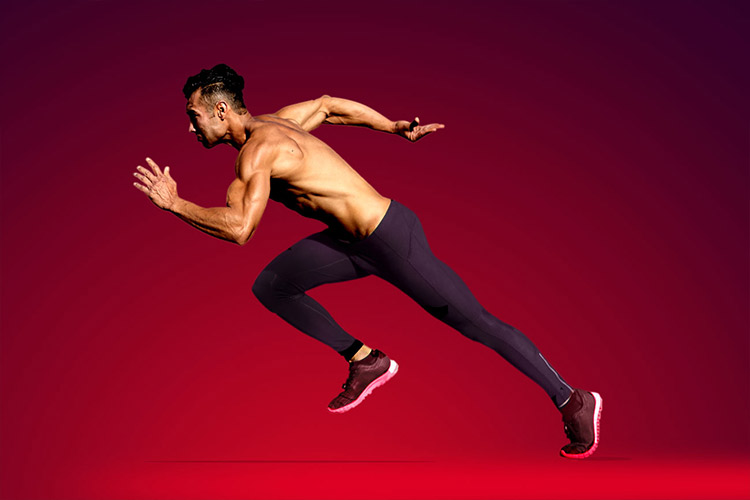Video vs IMUs
Motion capture was once a term used to define a high speed camera system that recorded the body moving in three dimensions. However, with the popularity of inertial measurement units, this term has gained a new meaning. Two options exist when it comes to true 3D sports motion capture: optical (marker) systems, and marker-less systems. Many companies track with video, but the majority of high-end systems use infrared cameras and reflective markers. The majority of motion capture systems are lab based, unlike IMUs which can track in the lab or field. Wearable body suits have become more popular over recent years as researchers look for more portable options, however this portability often means a sacrifice in data precision.

The Need for (tracked) Speed
Markers, which look like small golf balls, used in motion capture systems are applied to the body at anatomical landmarks. Optical systems then track the marker movement to capture the body’s motion. Conversely, markerless systems capture motion solely using the cameras. These markerless systems currently provide far less information compared to the alternative. However, the growing need to assess high speed movements easily is driving major improvements in this field. In the high performance realm, motion capture solutions are used by biomechanists who want to study how athletes move, medical professionals who want to understand why athletes are getting injured and performance coaches who want to know what movements contribute to success.

One System, Hundreds of Uses
The most common use of 3D sports motion capture is gait analysis. Movements captured through motion capture software are often paired with other quantitative measures such as kinetic data from force plates to give a more complete understanding of athlete movements. 3D motion capture is used in the entertainment and video game industries, and is making its way into the university and clinical settings. In the film and entertainment industry, motion capture is preferred over traditional computer animation due to the low latency and speed at which movements can be captured. Very complex movements can be captured by an actor, reducing the time and costs taken to animate these movements.
There are many systems on the market claiming to be ‘motion capture systems’ using video and offering a cheaper alternative to high speed cameras. Unfortunately, true motion capture systems are not cheap. However as technology advances and cost of production decreases, motion capture systems may make their way out of the lab and into other more applied settings.

